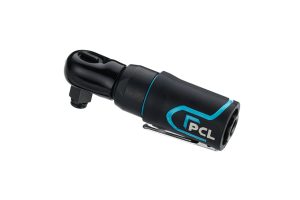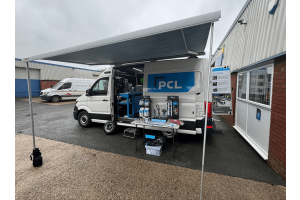Hose & Fittings

Unfortunately our site is not compatible with Internet Explorer.
To continue using our site, please use a different browser.
A range of useful guides to help you select hose and hose fittings.
-
November 21, 2022
Get Your Workshop Ready for Winter
The clocks have gone back and the nights are getting darker, but for those running workshops the biggest hazard caused by winter’s arrival is the cold.
Here is PCL’s guide to preparing your workshop and equipment for falling temperatures.
Thickening oilProblem: Lower temperatures can interfere with oil viscosity, causing it to thicken. For those relying on an oil bath-design
-
October 20, 2022
Where is compressed air used?
The most common use for compressed air that springs to mind is manufacturing and in automotive applications - with tyre inflation likely top of the list.
As the global leader in the design and manufacture of the most advanced and comprehensive portfolio of tyre inflation and compressed air products on the market, PCL provides guidance on the best and most cost-effective equipment available and how to use it - even down to setting up your own mobile tyre fitting business.
-
September 02, 2021
How to choose the right compressed air hose for your application
To make the most out of your pneumatic tools, choosing a quality hose is essential to ensure stable air pressure.
Here is a quick and easy guide on the factors you should consider in order to select the right air hose for your application.
Hose lengthWhen selecting an air hose, you should always consider your application and total distance between the compressor system and where you will be using the air tool and how much movement you will need.
To minimise the risk of a pressure drop, you should never use a longer hose than you need. For example, a carpenter working at the same bench all day using a nail gun will only need a small hose length, whereas a tyre fitter who needs to manoeuvre around large vehicles while using an impact wrench, will require
-
January 20, 2021
Coupling connections are subject to Health and Safety regulations due to the vibrations associated with air tool use.







